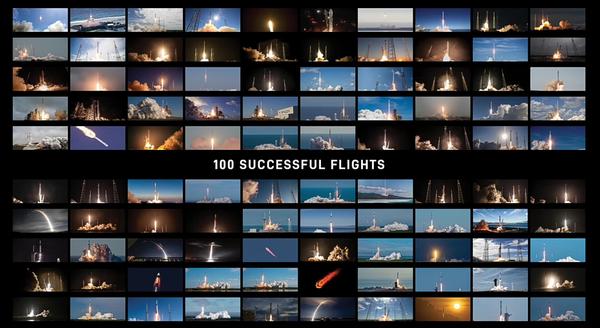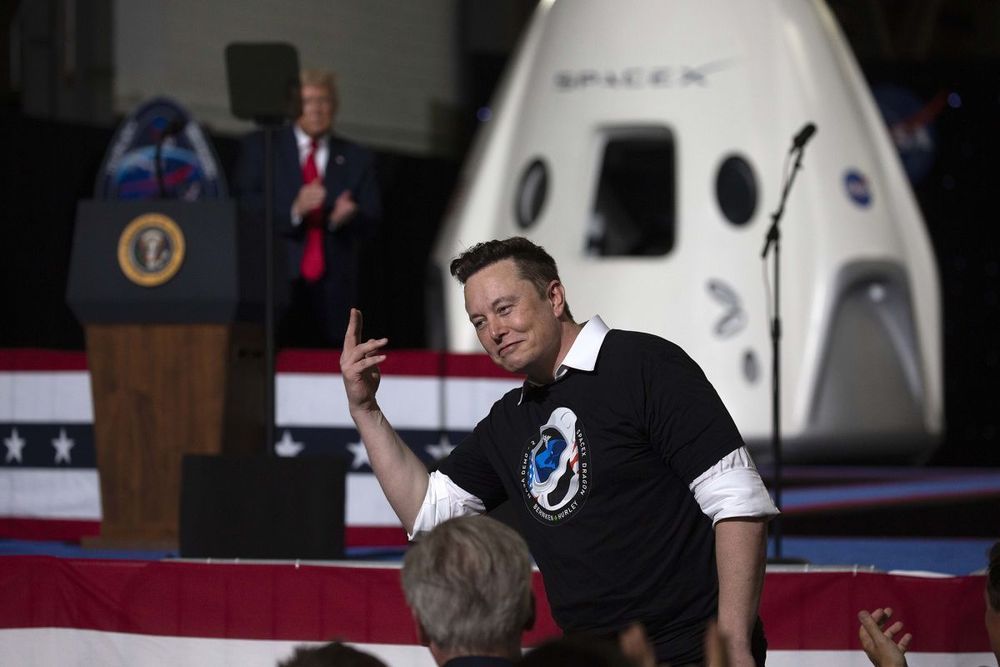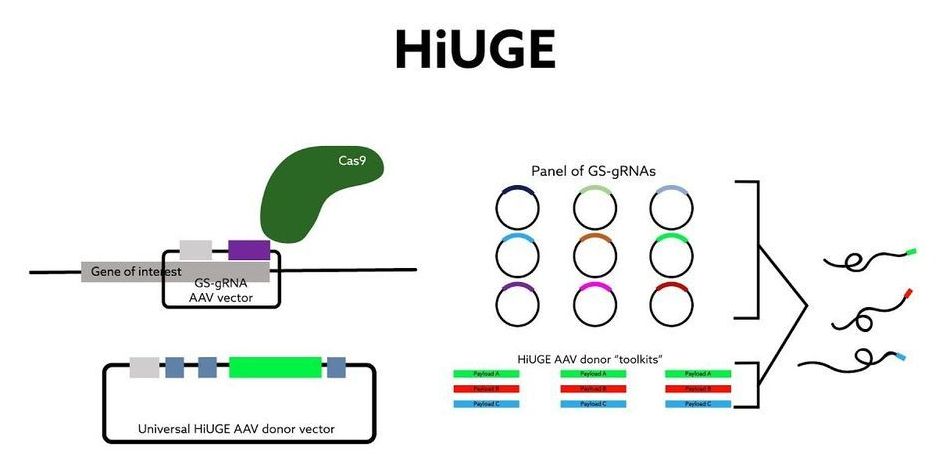Oct 25, 2020
The BepiColombo Probe Just Took a Ridiculously Close Video of Venus as It Flew By
Posted by Genevieve Klien in category: space
Two years after it left Earth, Mercury probe BepiColombo has completed the first of its first flybys of Venus. The manoeuvre is designed to give the spacecraft a boost on its journey — but it’s also too good an opportunity to pass up for a little science.
As it swung around the planet on a curved trajectory, BepiColombo gave its instruments a workout, testing their functionality for a taste of what the spacecraft will do in Mercury orbit and collecting some data on Venus – recently in the news for the discovery of phosphine gas in its atmosphere.
And the joint European Space Agency (ESA) and Japan Aerospace Exploration Agency (JAXA) probe took a whole lot of images, which the ESA compiled into a video of the flyby.


















